Despite maintaining its number one position in the world and continuously setting export records, the Vietnamese cashew industry is entering a new challenging period. Beneath the impressive growth picture lies the need for strong restructuring if the industry does not want to be overtaken by emerging competitors.
Mr. Pham Van Cong, Chairman of the Vietnam Cashew Association (VINACAS) emphasized this in his speech at the 35th anniversary of the Association's founding (1990 - 2025) in Ho Chi Minh City on the afternoon of November 21.
Record 4 billion USD and the journey of "going against the current"
According to VINACAS, 2024 is a historic milestone for the Vietnamese cashew industry when export turnover reaches about 4.37 billion USD, an increase of 20.2% in value compared to 2023, with a total export volume of about 730,000 tons.
This is the first time in history that cashew nuts have brought the country more than 4 billion USD. These figures have firmly consolidated Vietnam's position as the world's number 1 cashew nut exporter for many consecutive years, accounting for more than 80% of global output.
According to data from the Ministry of Agriculture and Environment , in the first 10 months of 2025, cashew nut exports reached 4.25 billion USD, an increase of nearly 19% over the same period last year. This year, the cashew industry is expected to reach an export value of 5 billion USD for the first time.
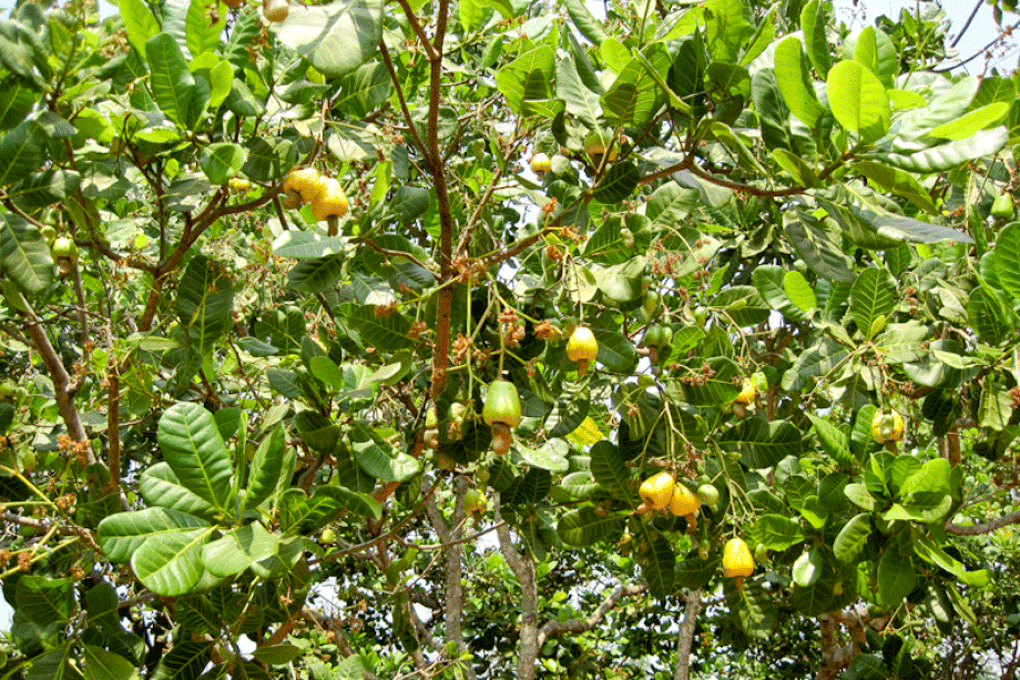
Vietnam's cashew industry is facing the challenge of transformation to maintain its position as the world's "cashew king" (Photo: VINACAS).
Mr. Pham Van Cong believes that the development of the cashew industry over the past four decades is a "reversal" miracle. Few people remember that the Vietnamese cashew industry was once a young industry, decades behind India. The turning point only really took place in 2006, when Vietnam officially surpassed India. By 2017, Vietnam dominated more than 50% of the world's raw cashew processed volume and 60% of the world's cashew nut export market share.
"The success of the Vietnamese cashew industry does not come from luck, but from a technological revolution. From having to import machines from Italy and Japan, Vietnamese enterprises have been able to manufacture equipment at lower costs but with superior efficiency. Made in Vietnam technology has helped us solve the productivity problem, cut 70-80% of manual labor and create an absolute competitive advantage in terms of price," said Mr. Pham Van Cong .
Despite being at its peak, the "throne" of Vietnamese cashew nuts is being shaken violently by headwinds.
The biggest challenge comes from the rise of African countries such as Ivory Coast, Nigeria, and Tanzania. Originally the "raw material warehouse" supplying up to 70% of raw cashew nuts to Vietnam, these countries are now changing their strategy. They do not want to be the seller of cheap raw materials forever. With tax exemption policies, subsidies, and high taxes on raw cashew nut exports, they are rushing to build factories to compete directly in the processing segment.
The Second Transformation: Going Deep
In addition, there is pressure from the green consumption trend. Difficult markets such as the US and EU are erecting technical barriers on Environment - Society - Governance (ESG), requiring strict traceability and social responsibility.
Mr. Pham Van Cong frankly shared: "We cannot rest on our laurels. The cashew industry is under double pressure: both a shortage of domestic raw materials and fierce competition from old raw material suppliers. If we only stop at importing raw materials and selling pre-processed kernels, the profit margin will become increasingly thinner and the risk of dependence will increase."
Faced with this context, the Vietnamese cashew industry is entering a period that is considered a "second transformation" after more than 40 years of development. The strategy is no longer to pursue output, but to focus on added value.
According to VINACAS’s orientation, the key lies in a strong shift to deep processing. Instead of exporting raw cashew nuts, businesses need to invest in technology to produce end-use consumer products such as: Cashew snacks, cashew milk, cashew butter, and applications in pharmaceuticals and cosmetics.
"The value of cashew nuts lies not only in the kernel, but also in the diverse product chain behind it. When we master the deep processing stage, Vietnam will not only be a processing factory but will truly become the world's kitchen for cashew nuts," Mr. Pham Van Cong emphasized.
Along with that is the problem of re-planning raw material areas. Localities such as Binh Phuoc , Dong Nai, Gia Lai are promoting the program of grafting and improving varieties, aiming for a yield of 2.5-3 tons/ha to reduce dependence on imported sources. At the same time, processing technology must also be upgraded towards automation and greening to meet strict environmental standards.
Source: https://dantri.com.vn/kinh-doanh/nganh-dieu-viet-nam-truoc-thach-thuc-tu-nhung-con-gio-nguoc-chau-phi-20251122173637678.htm












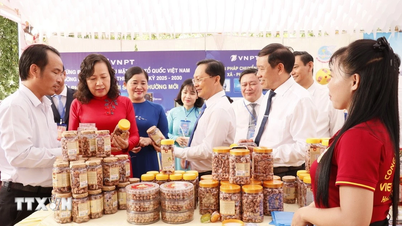

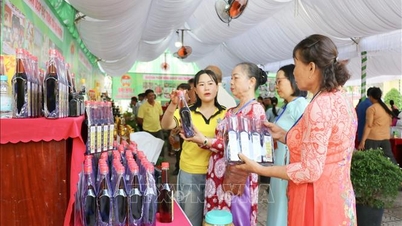

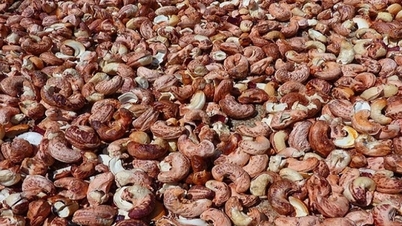




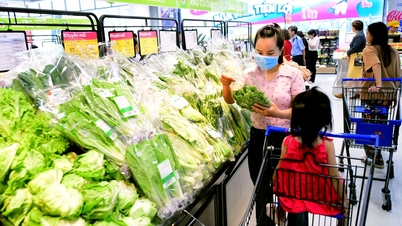


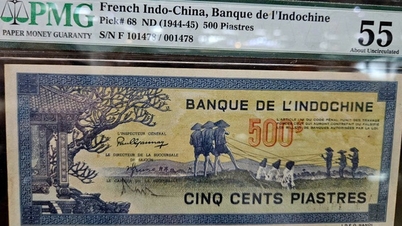

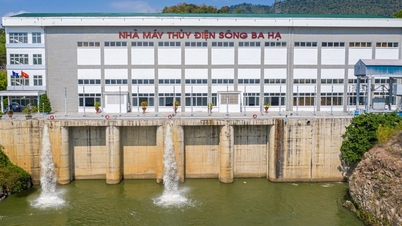
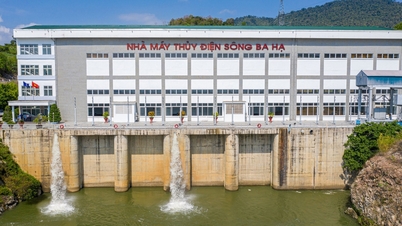

















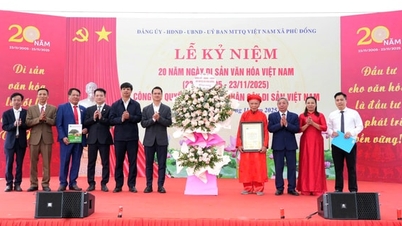





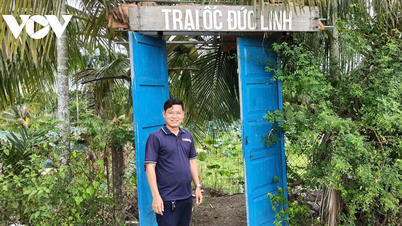

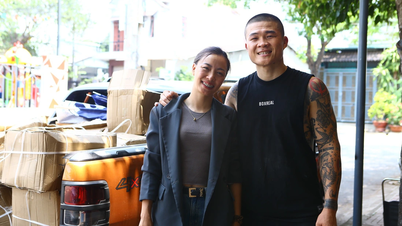











































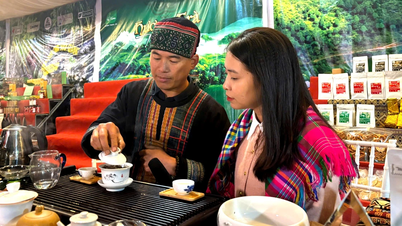















Comment (0)